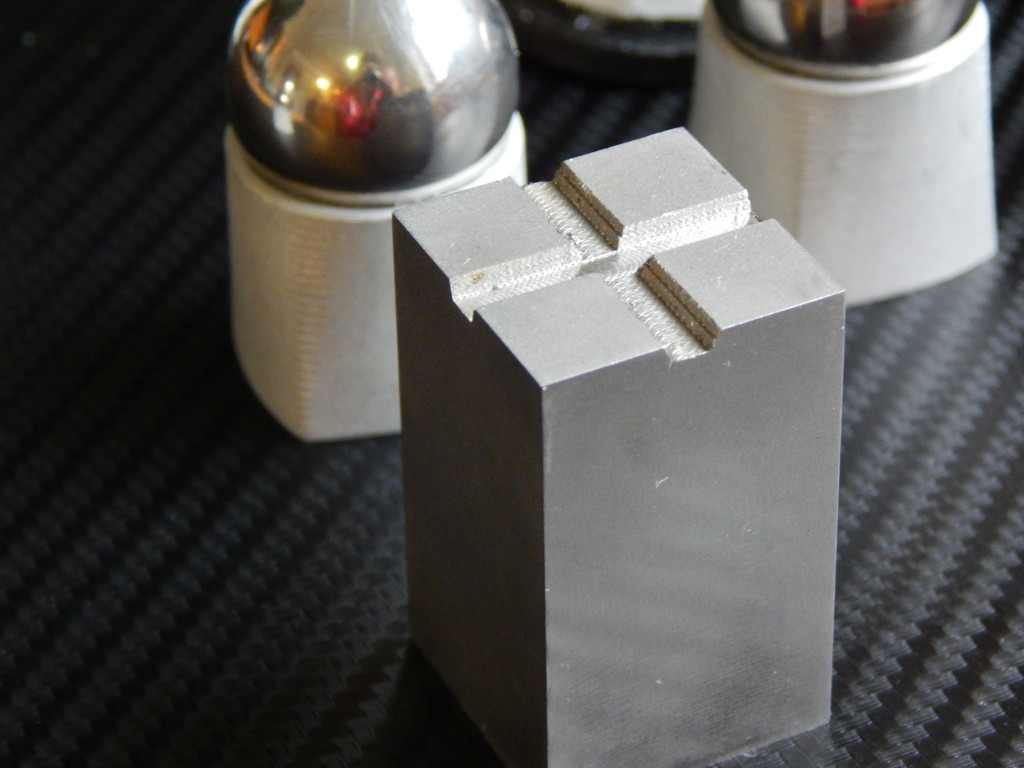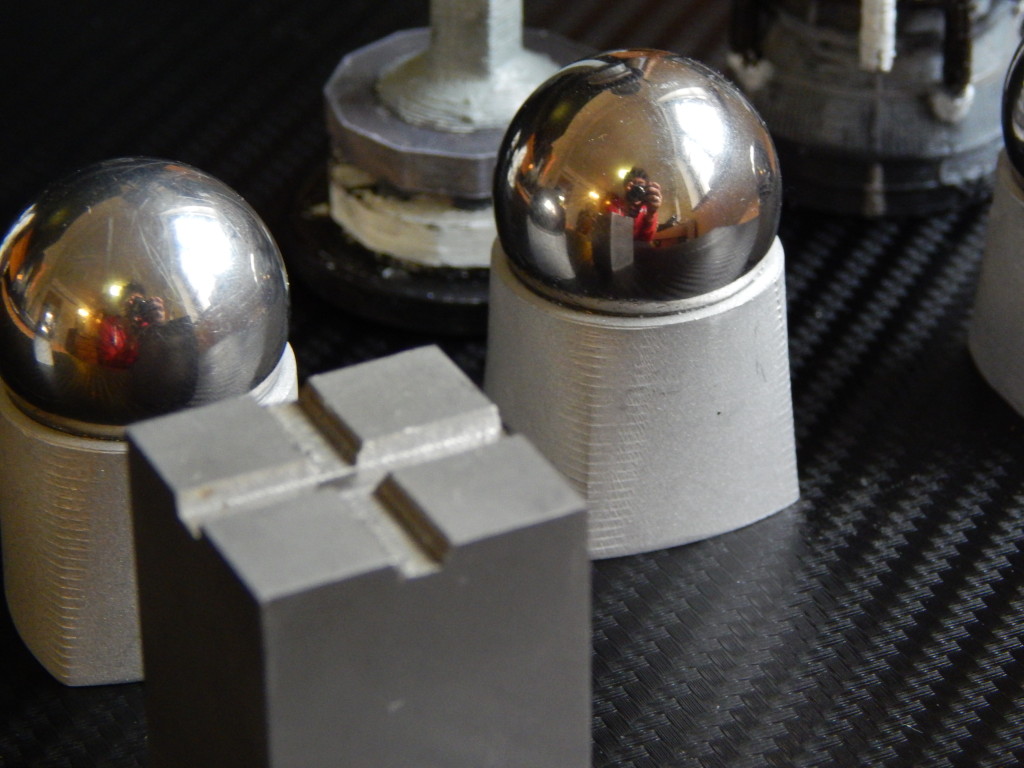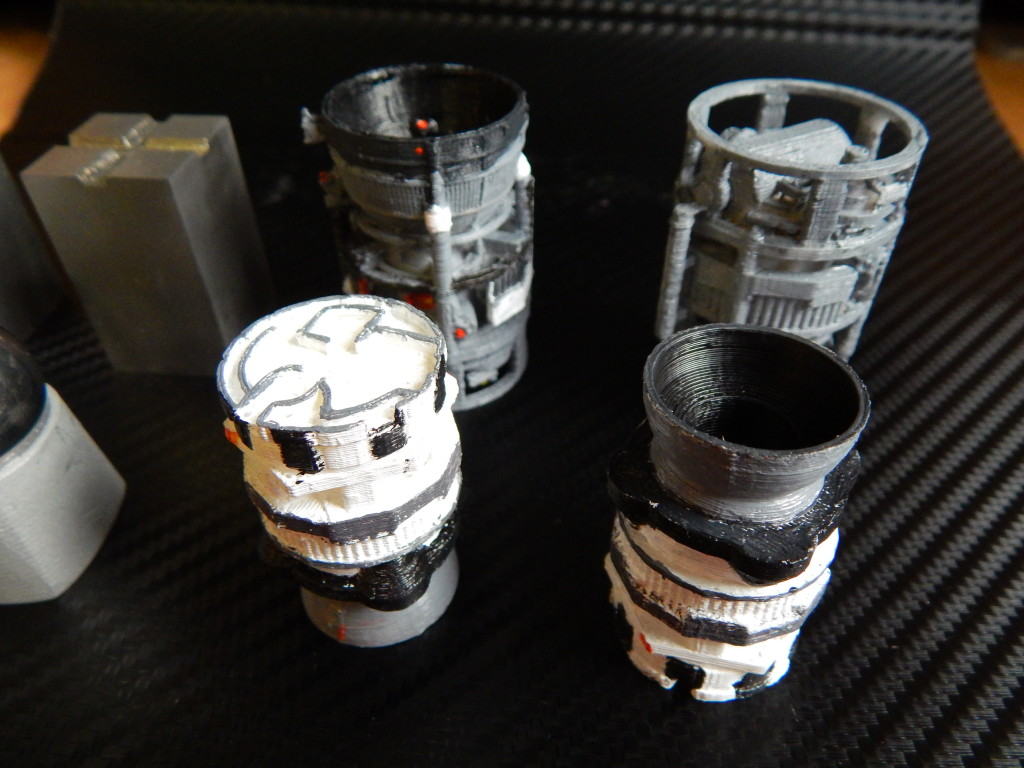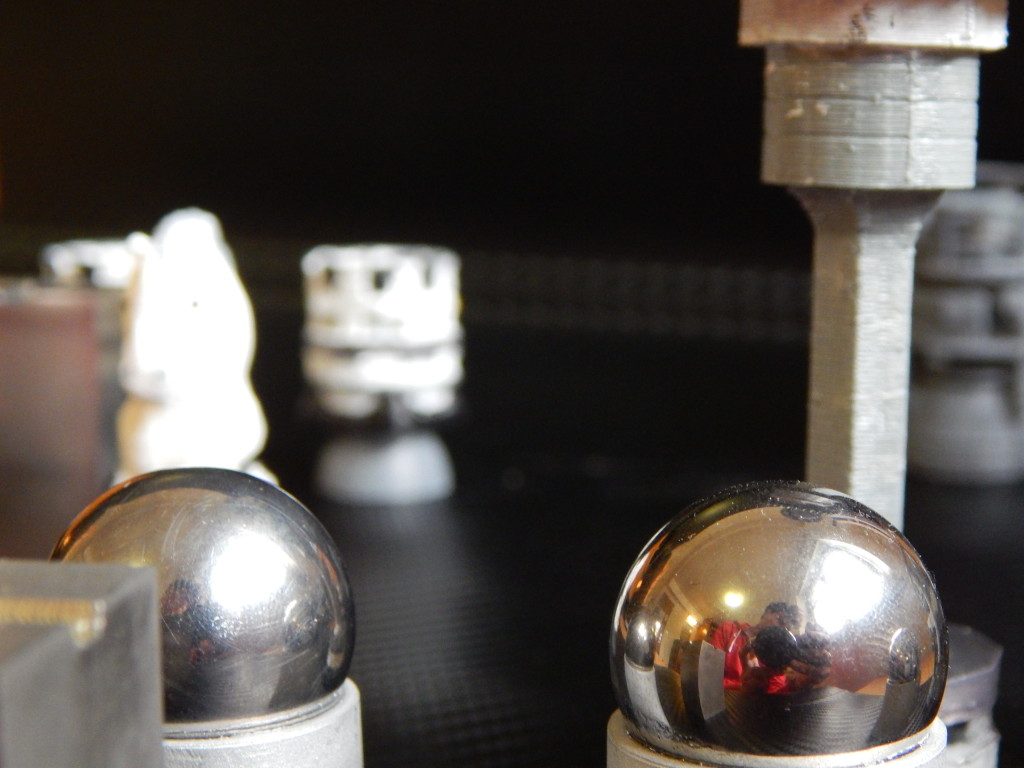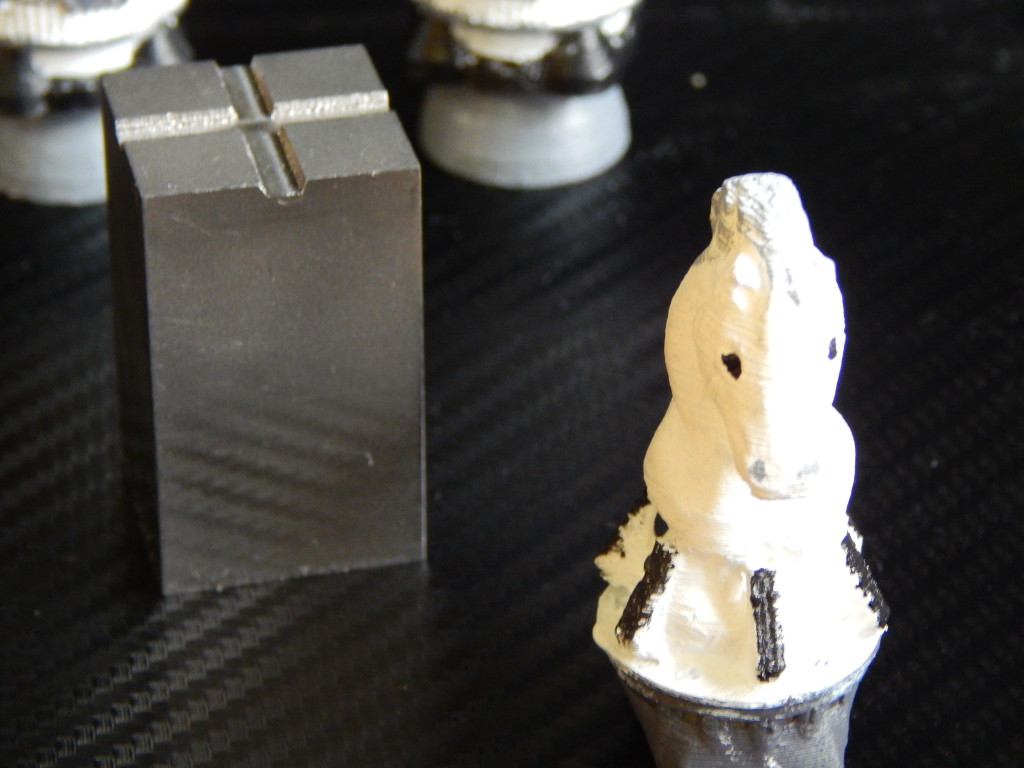
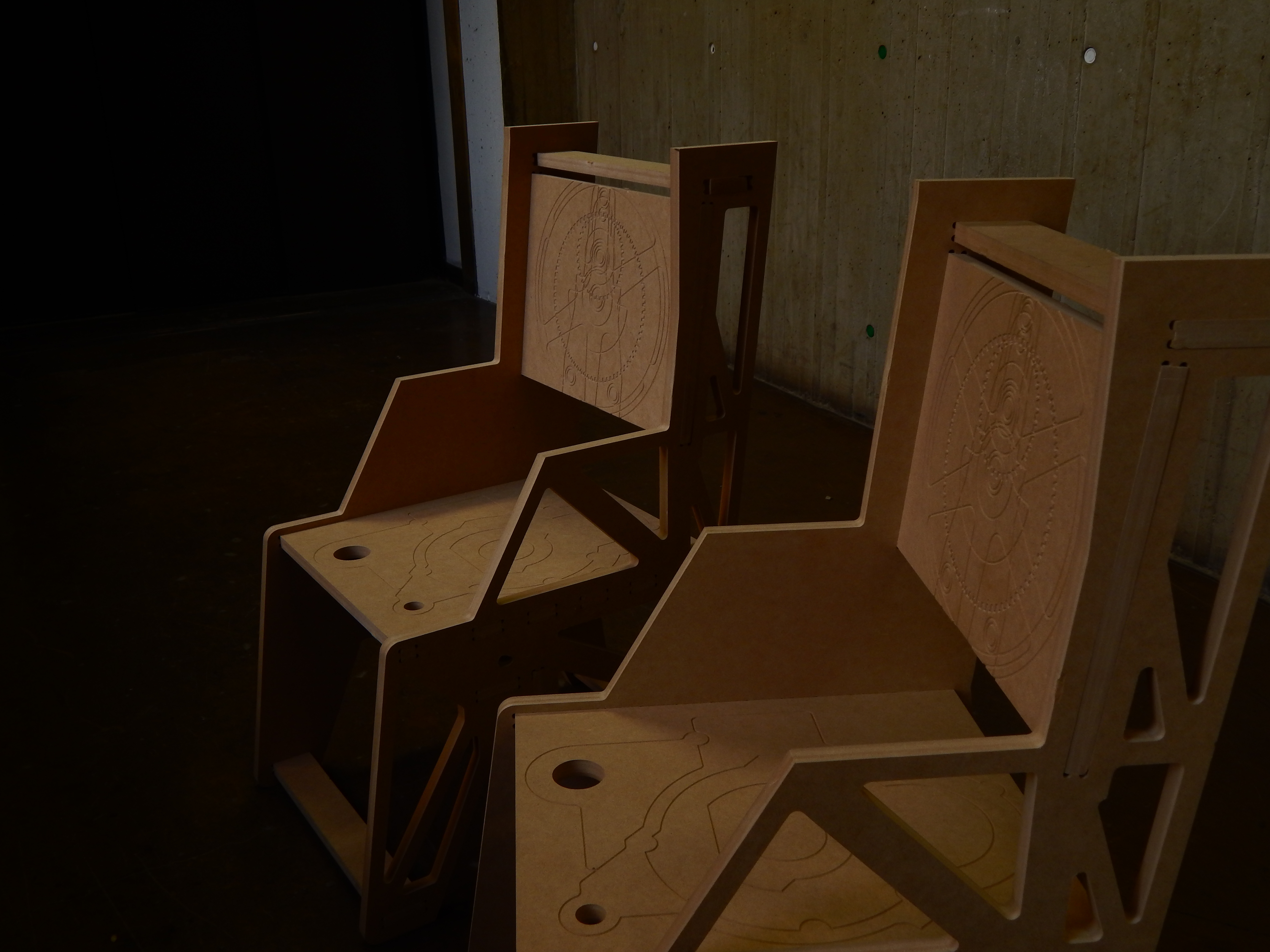
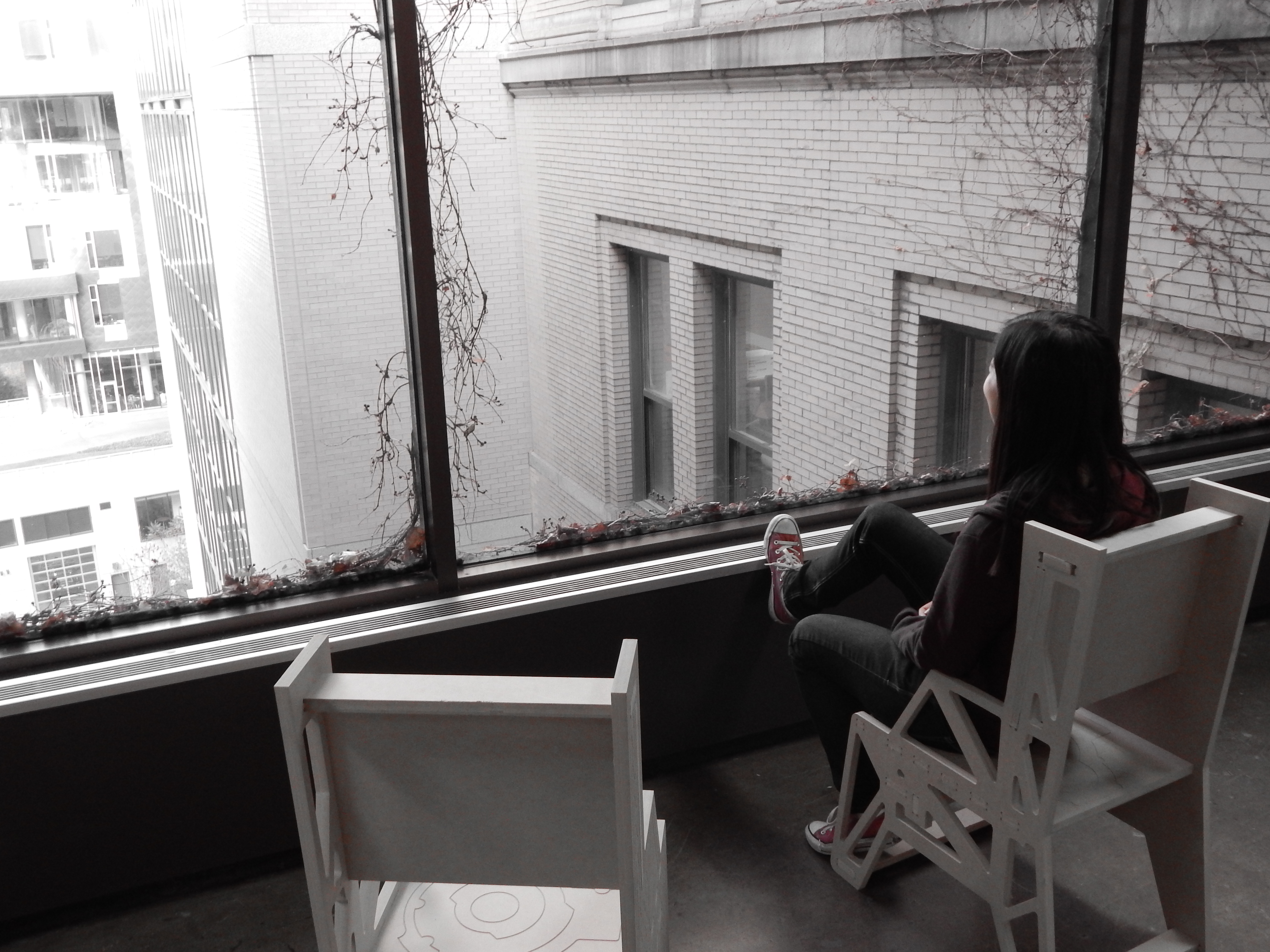
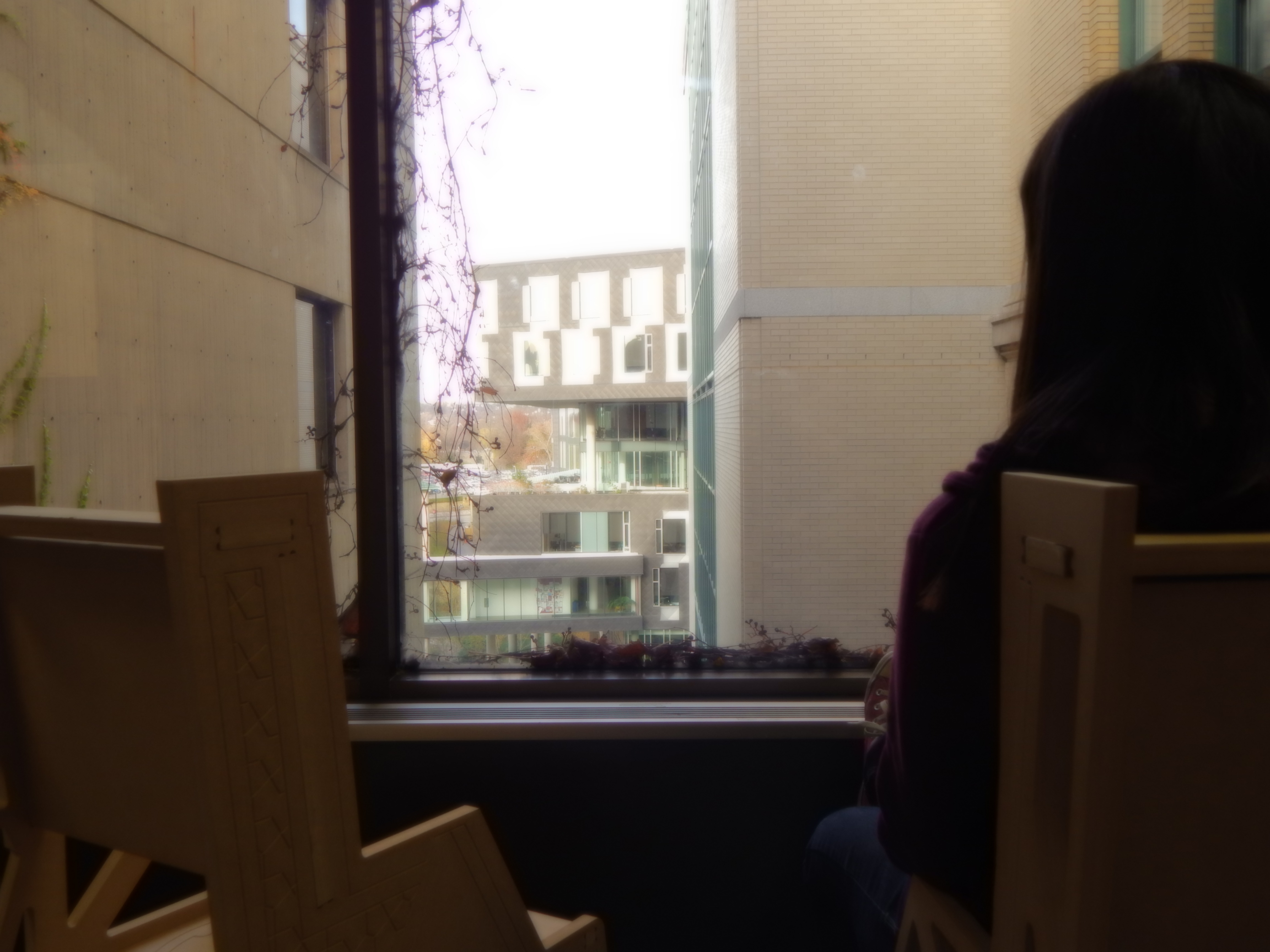
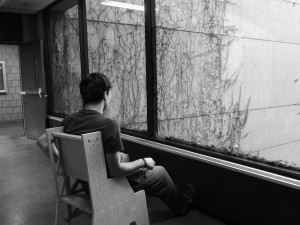
The conversation between the occupants of these two chairs is one between rationality and creativity. One side is the functional and efficient end of an engineering discipline, while the other is the creative side. In addition to being a conversation between two people, it also provokes the notion of a conversation between two sides of a cognitive approach: Being as the collaboration between the left and right brain created the chair, it would only follow that the conversation it prompts would be between the two approaches. The chairs are identical (as a testament to the process), however, when placed adjacently, the opposite sides face each other, in both a collaboration between the left and right sides of the chairs, and the people who sit in them. The cross sections which support the person are real examples of engineering drawings which are also beautiful, as to suggest that between the extremes, there exists a balance between form and function. The placement also enforces the collaboration between disciplines, being placed between Wean Hall and Doherty: between a building with many Engineering disciplines represented, and the building which holds the art studio that produced these chairs, there is a beautiful mix of architecture and nature, just as there conceptually exists a beautiful mix of thought and expression.
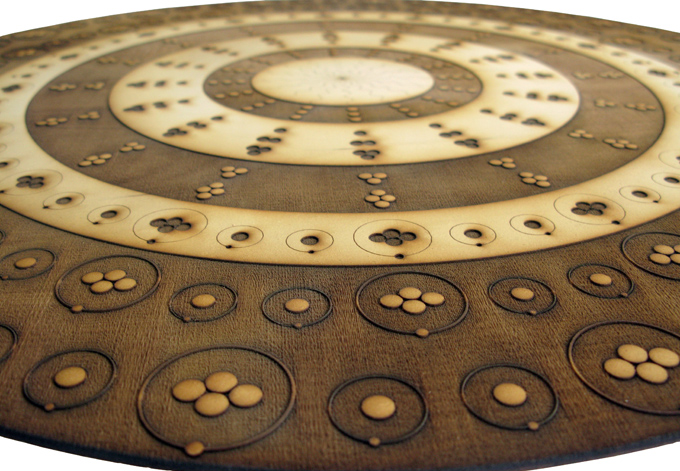
Misselbrook’s “Origin of the Universe” is a conical representation of hydrogen and helium, the elements from which our universe was built. It is comprised of fabric and laser-cut ash. Interestingly, Misselbrook laser-cut the fabric as well, and laid it over the cut ash. The burned edges and the fabric lend strongly to a DaVincian æsthetic.
More…

This is a picture of M. Oskar van Deventer’s “Fractal Puzzle”, in which all the component pieces are these elongated pieces, generated by a fractal algorithm, but which all fit together into the frame. It was laser-cut from a board of plastic, and the basic shape is comprised of connected hexagons, rounded by the laser-cutting process.
More…

“Brickworks” by Daniel Widrig is a repetitive work, centric about a convex hexagonal and square form. While there are no details about the construction on the artist’s webpage, it looks to be either fitted panels of laser-cut chipboard, or mill-cut panels.
More…
